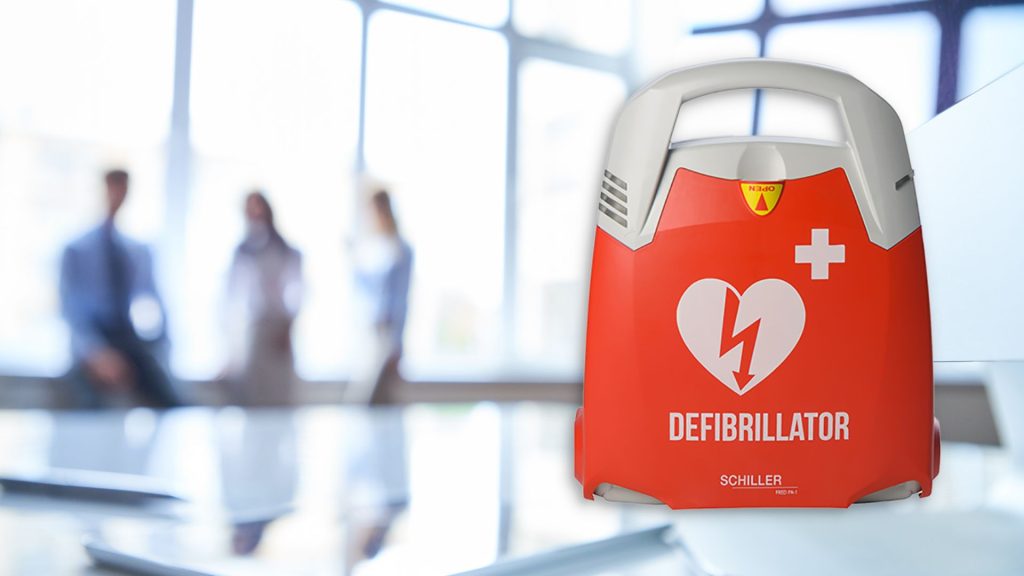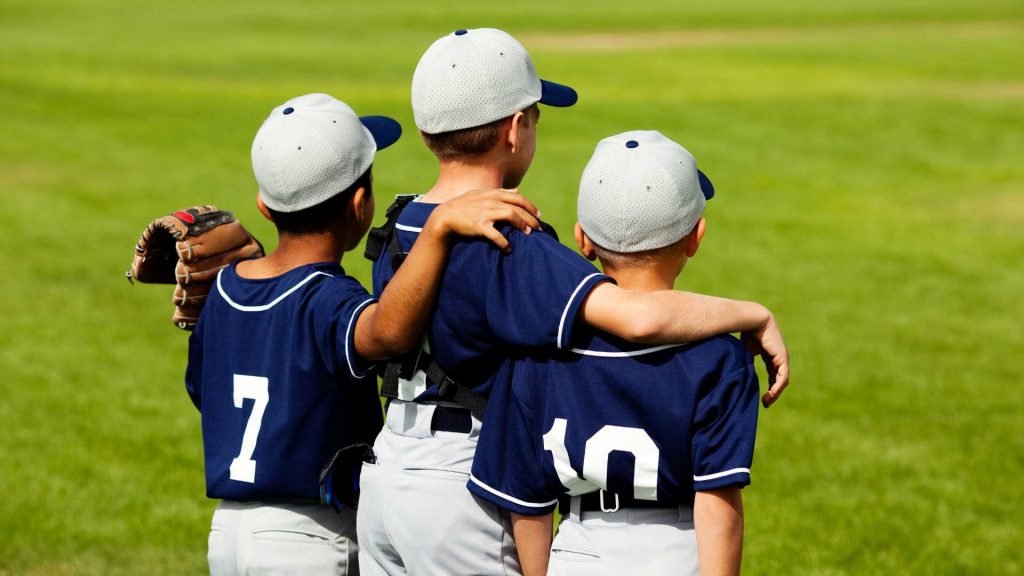NSW Launches $500K Grant Program to Equip Community Sports with Life‐Saving AEDs
In 2025/26, the NSW Government is stepping up community safety by allocating $500,000 in grants to help grassroots sports clubs and recreation centres install Automated External Defibrillators (AEDs). With grants of up to $3,000 per organisation, this program intends to make AED access more widespread – especially in regions with greater need. Why this mattersSudden cardiac arrest can strike anytime, even on the playing field. In these moments, every second counts. An AED used in conjunction with CPR can dramatically improve survival odds. Yet many local clubs lack these devices due to cost or lack of awareness. This grant aims to close that gap. How it works Applicants may receive up to $3,000 to cover the cost of an approved AED package (device, accessories, installation). Grants will be awarded until the funding pool is exhausted or by 1 December 2025. Preference is given to clubs in disadvantaged areas (bottom five SEIFA postcodes) or those with demonstrated financial hardship. Applications are assessed in order of receipt – early submission improves chances of success. Who qualifies? Eligible applicants include: Not‐for‐profit sporting or recreation clubs in NSW Facility owners (e.g. councils, service clubs) that host sporting or active recreation use Organisations that operate or deliver services within eligible postcodes Organisations that can provide financial hardship evidence if they fall outside those postcodes What’s excluded? Schools, universities, P&Cs (unless independently incorporated) For‐profit ventures, individuals, one‐off events NSW government departments or agencies Tips to improve your application Apply early. Grants are first in, first assessed – don’t wait until the deadline. Show clear benefit. Demonstrate how the AED will serve participants, spectators, and the local community. Prepare documents ahead. Gather financials, insurance, statements of support, and your medical emergency plan. Highlight need. If you’re in a region with slower ambulance response times or from a lower SEIFA area, emphasise that. Next steps Start your application via the SmartyGrants portal Consult the program guidelines and check whether your postcode is eligible If successful, invest in a quality AED package and train your staff/volunteers This NSW grant gives local sport and recreation clubs a real opportunity to bring humane safety upgrades to their venues. If there’s a chance to get financial support and install a potentially life‐saving defibrillator, it’s one worth pursuing. Contact us directly for help.
NSW Launches $500K Grant Program to Equip Community Sports with Life‐Saving AEDs Read More »




















